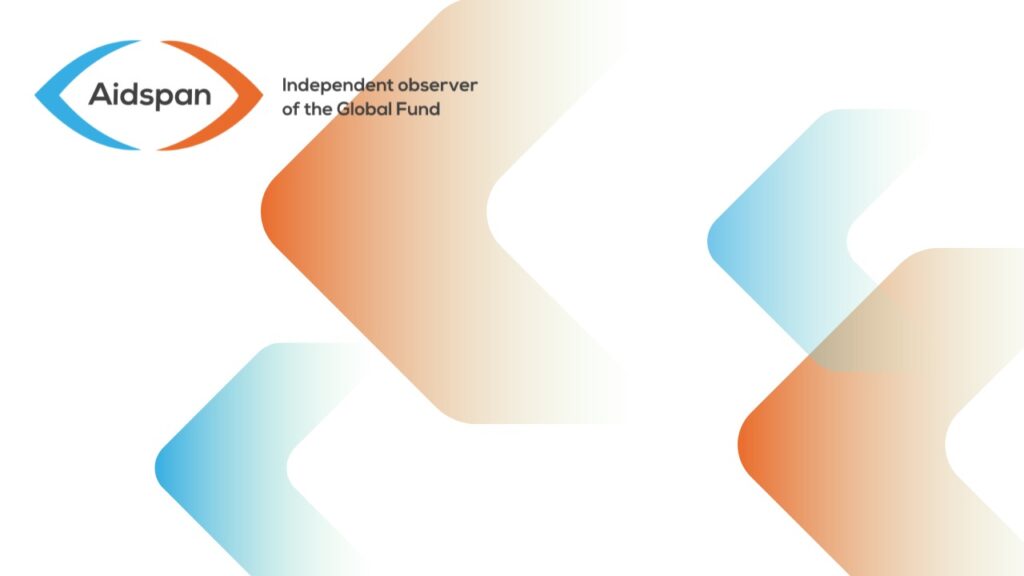In an
article published in
The Lancet, a group of researchers questions whether the goal of ending the AIDS epidemic by 2030 with current prevention approaches is realistic. They question UNAIDS’ estimates of the number of people on treatment and the reductions in the rate of infection (see separate
article in this issue). They also question whether there will be enough funding.
The Lancet article, published on 19 July 2016, presents the findings of the Global Burden of Disease Study 2015.
The researchers stated that the need for HIV programs, particularly antiretroviral therapy (ART), continues to grow because of both the sustained high incidence of infections and the success of ART in extending the lifespan of people living with HIV. However, they said, since 2010, development assistance for HIV has remained nearly constant. “This absence of additional funding is by stark contrast with the [estimated] $36 billion needed annually to achieve the U.N. goal to end AIDS by 2030, the researchers said.
The researchers said that UNAIDS and other international development agencies hope that the growing need for funding will be partly solved by expanded health spending by low-income countries. However, citing an earlier study, the researchers suggest that, on the basis of trends in the past few years, health spending in low-income countries will grow only slightly in the next 25 years.
“How will the impending financing gap be addressed?” the researchers asked. “In middle-income countries, increased commitments to funding health programmes from national budgets could fill the gap. But in low-income countries, where … HIV rates are the highest, domestic resources will not be sufficient.”
The researchers stated that special efforts need to be made in high-risk populations in both concentrated and generalized epidemic settings because of the continued high rate of transmission among subpopulations, such as injecting drug users and men who have sex with men. “However, on the basis of the epidemiological and financial trends, there is a major risk of a substantial shortfall in necessary funds to sustain life-saving ART programs,” they said. “The scarcity of adequate funds to provide ART for people living with HIV, together with the possibility of increasing drug resistance to existing ART treatments, will make achievement of the goal to end AIDS by 2030 extremely difficult.”
The researchers pointed out that although the World Health Organization now recommends universal ART for all people with HIV, in 2015 only 41% of people living with HIV were receiving ART. “The 90-90-90 goals imply that 81% should be receiving ART and 73% will have viral suppression, which no country has yet achieved,” they said. “Achievement of 81% ART coverage would require extension of ART coverage to at least 15.5 million additional people living with HIV by 2020, which implies an addition of 3.1 million per year between 2015 and 2020, while ensuring complete treatment adherence.”
“The targeted expansion in ART coverage would play an important part in reducing the still high number of individuals dying from HIV,” the researchers said. “However, such expansion has enormous cost implications in an era when even maintenance of coverage in some low-income settings could be at risk in the presence of declining development assistance for health.”
According to the researchers, concerted efforts will be needed to scale up detection of new infections to meet the target of 90% of people knowing their status.
The researchers claim that adult HIV incidence has remained resistant to change in the past 10 years. “Despite the existence of approaches such as male circumcision, PrEP and needle exchanges, incidence has not changed substantially,” they said. “Although incidence has declined from 40.2 to 33.2 per 100,000 people at an annualized rate of decline of 1.9%, annual new infections have stayed relatively constant at about 2.5 million a year for the past decade.”
The researchers conclude that achievement of the UNAIDS 90-90-90 targets will require major changes in how programs are delivered and financed.

